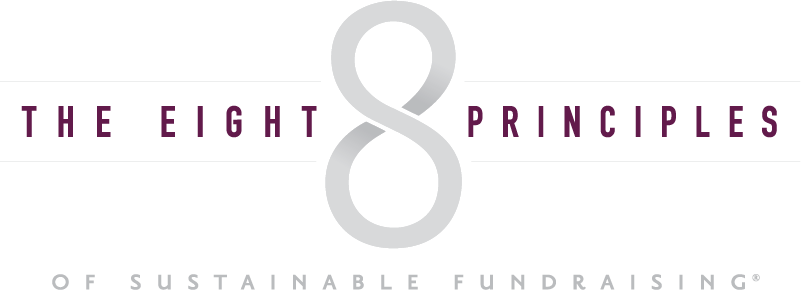Is it possible to achieve quantum leaps in your fundraising?
Yes, but. . . .
To do so requires the right combination of methods and consistent execution.
That’s the one-two punch of direct mail (or email) targeting donor renewals coupled with higher-end cash asks.
The proverbial “move-up” program.
A well-executed “move up” program can increase your cash giving an order of magnitude (that’s 10X). Ten times.
What could you do with ten-times the cash you’re currently raising?
“OK, so how is this possible,” you say?
First, you must know your current first-year donor renewal rate. This is perhaps the most important metric of your fundraising program. You should have this number fixed on the center of your forehead. This one number drives or limits your fundraising.
As a benchmark, the national average is south of 40%. To be frank, that’s pathetic. If you’re doing well enough to have a first-year renewal rate north of 60% I’ll cut you a little slack, BUT you can still do better.
Increasing your first-year donor renewal rate should be your number one fundraising priority. That means having a specific outreach effort designed just for that purpose. Period.
Don’t get distracted by looking to create “major gifts”, “planned gifts”, or install some new technology. Your first goal is to raise your first-year renewal rate 10 points from where it currently stands. Be patient. It won’t happen overnight. But, if you’re consistent, it WILL happen.
When donors make a first-time gift to your organization, they’re testing you. Literally.
Now that you’re increasing your renewal rate steadily, the next step is to couple this effort with one designed to move current cash donors to higher levels of giving.
Consider your current donors of at least $500. Ask each of these to make a significant “move-up” in their giving. From $500 to $1,000 or perhaps $750. From $1,000 to $2,500 or $5,000. From $5K or $7K suggest $10K. I’m not suggesting a crass, “up-sell” but a thoughtful suggestion as to how they can make their current investment in your organization more valuable.
Asking a donor to increase their investment says you value them and the impact they make in the lives of those you serve. It’s actually a vote of confidence.
Not everyone you ask will say “Yes” to your request. That’s OK. Be sure and thank them for their continued support, however, “No” this year doesn’t mean “not ever.”
Patience and consistency are the watchwords. A four-figure gift from a donor is generally their third to fifth gift to your organization.
How your approach your investors is key. A request above $1,000 should be conducted face-to-face—unless you’re in one of those rare locales where $1,000 is a throw-away number.
Investing in a direct-ask program, one that’s conducted face-to-face, has an incredible payoff. The return on investment (ROI) for a direct-ask program is at least 500%. It will generate at least five times the cash you’ve put into it.
Try to achieve this performance with revenue bearing events. You’ll be lucky to net a 40% return. You’ll be lucky to net half again as much as you put into the event.
Now think lost-opportunity costs. By applying your resources—time and money—to delivering an event, you’re foregoing 90% of what you could have raised using a more productive approach.
Let’s sum up. It’s truly within your ability to raise more cash—much more cash—than you’re currently raising. Regardless of where you’re starting from. Whether you’re a young even embryonic organization or a well-established one.
The the combination of donor renewal and a cash “move up” effort increase funds for your mission two ways. By raising more money outright while lowering your fundraising costs at the same time.
The one-two punch.
Yes, it’s out there. It’s waiting for you. However, as the saying goes, “You must enter to win.” Do it now!
Our training and education programs give you the actionable knowledge to make dramatic gains and keep them.
Start today.
Larry C. Johnson is the Founder of The Eight Principles and the author of the award-winning book, The Eight Principles of Sustainable Fundraising.



